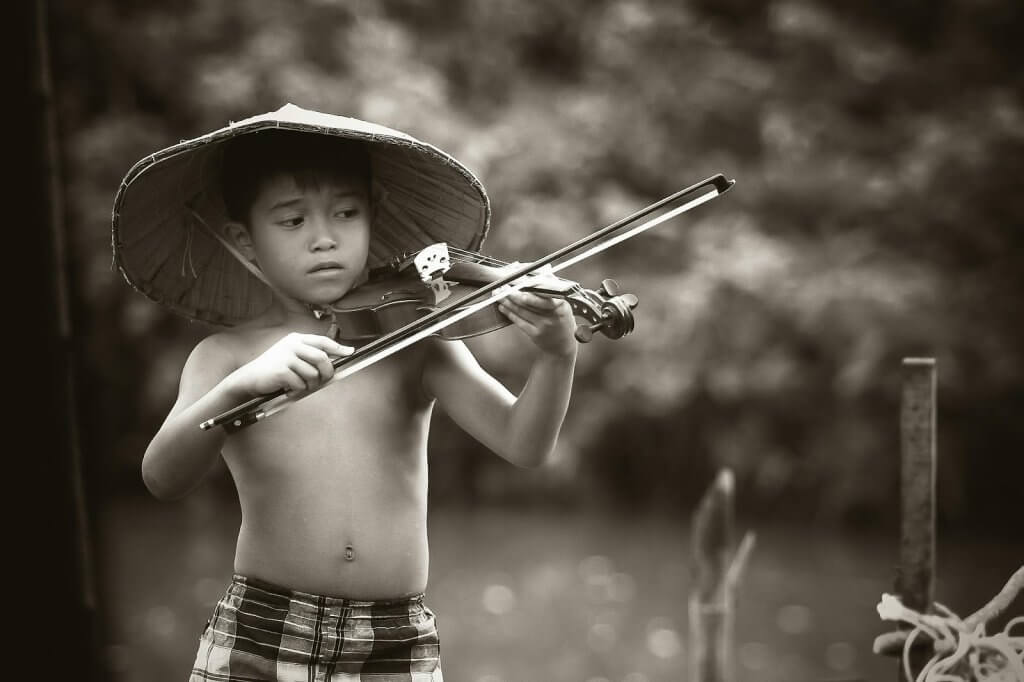Exploring artistic disciplines such as learning the violin offers more than just creative fulfillment—it cultivates patience through steady, mindful progress. In a city like Montreal, renowned for its cultural richness, violin lessons provide the perfect outlet to hone not only musical skill but also emotional resilience. Whether you’re managing repetitive scales or perfecting your bowing technique, the dedication required teaches delayed gratification and calm focus—essential traits that extend far beyond the practice room.
Developing Precision Through Repetition
Artistic practice often involves repeated movements. Playing an instrument or drawing requires starting over until precision is achieved. For instance, violin lessons in the city of Montreal demand consistent discipline. Each session strengthens tolerance for mistakes and mental endurance. By repeating the same gesture, the artist learns to temper impatience and seeks slow, progressive improvement.
Taking Time to Observe and Listen
Artistic practices like painting or music encourage attentive observation. One must take time to notice colors, shadows, or listen to the nuances of a chord. This sustained attention inevitably develops patience. The artist learns to slow down, analyze each detail. Vision becomes sharper, listening more focused. This deliberate slowness contrasts with daily hustle and reinforces a serene posture.
Accepting Mistakes as Part of the Process
In any artistic endeavor, mistakes are inevitable. Learning to draw, sculpt, or sing involves failing, sometimes frequently. The patient artist understands that each mistake is a lesson. They do not become discouraged by imperfection. This normal acceptance of failure teaches perseverance. Patience is built on the idea that mastery requires time, effort, and continuous adjustments.
Working Slowly to Progress Better
Artistic progression is never immediate. It requires time, study, and often a slow pace. Whether mastering charcoal or practicing choreography, progress relies on a deliberate approach. This slowness becomes an ally, not an obstacle. By slowing down, one better understands their gestures, choices, and intentions. Patience grows with this constant awareness of personal development.
Cultivating Concentration as a Condition for Patience
Creating demands continuous concentration from the artist. This mental focus sharpens the ability to remain calm and grounded in the moment. The deeper the attention, the more patience develops. It’s not about moving quickly but being fully present. Concentration calms restless thoughts. It then becomes a foundation for developing active patience, useful in both creative acts and daily life.
Respecting the Natural Rhythms of Creation
Each artistic work has its own rhythm. The artist learns not to rush the process. A musical composition or a painting sometimes takes weeks or months to mature. One must wait, restart, review. Respecting these rhythms imposes true patience. The artist learns that rushing harms the final quality. Patience and quality often walk together, revealing a wisdom inherent in the creative process.
Reconnecting with Oneself Through Artistic Discipline
Artistic practice acts as a form of active meditation. It allows the artist to be in the moment and listen to their inner world. Being in touch with one’s emotions takes time. This introspection values calmness, slowness, depth. Patience strengthens in this personal exploration. Creating becomes an act that harmonizes internal rhythms and invites a patient and compassionate presence.
Where Are the Best Places to Learn Violin in Montreal?
Several music schools in Montreal are renowned for their violin instruction. Among them are institutions like the Schulich School of Music, conservatories, and private studios offering personalized lessons for all ages and levels, with experienced teachers.
How Much Do Violin Lessons Cost in Montreal?
Violin lesson rates in Montreal vary based on the teacher’s experience, lesson duration, and teaching format. On average, one can expect to pay between $30 and $70 for a 30 to 60-minute private lesson. Some schools also offer discounted packages for multiple sessions.
At What Age Can a Child Start Learning the Violin?
It’s generally recommended to begin violin lessons around the age of 4 or 5, when the child can focus and follow simple instructions. Some schools offer introductory programs tailored for young children, using appropriately sized instruments and playful methods to spark interest.
How to Choose a Good Violin Teacher?
Selecting the right teacher involves considering their experience, teaching style, and compatibility with the student. It’s helpful to read reviews, attend a trial lesson, or discuss musical goals. A good teacher will adapt to the student’s level while helping them progress effectively.
Cassia Rowley is the mastermind behind advertising at The Bad Pod. She blends creativity with strategy to make sure ads on our site do more than just show up—they spark interest and make connections. Cassia turns simple ad placements into engaging experiences that mesh seamlessly with our content, truly capturing the attention of our audience.


